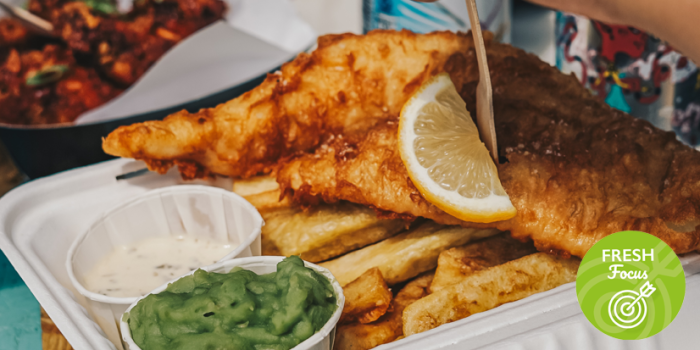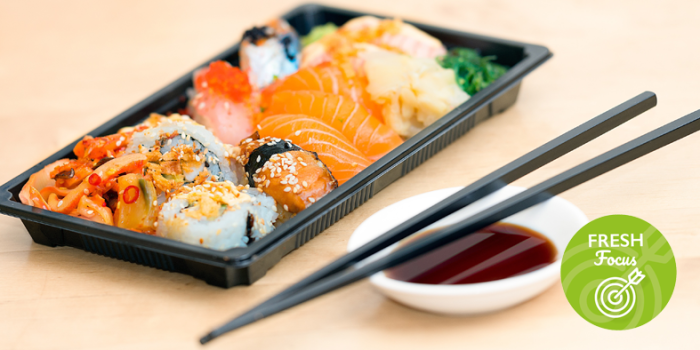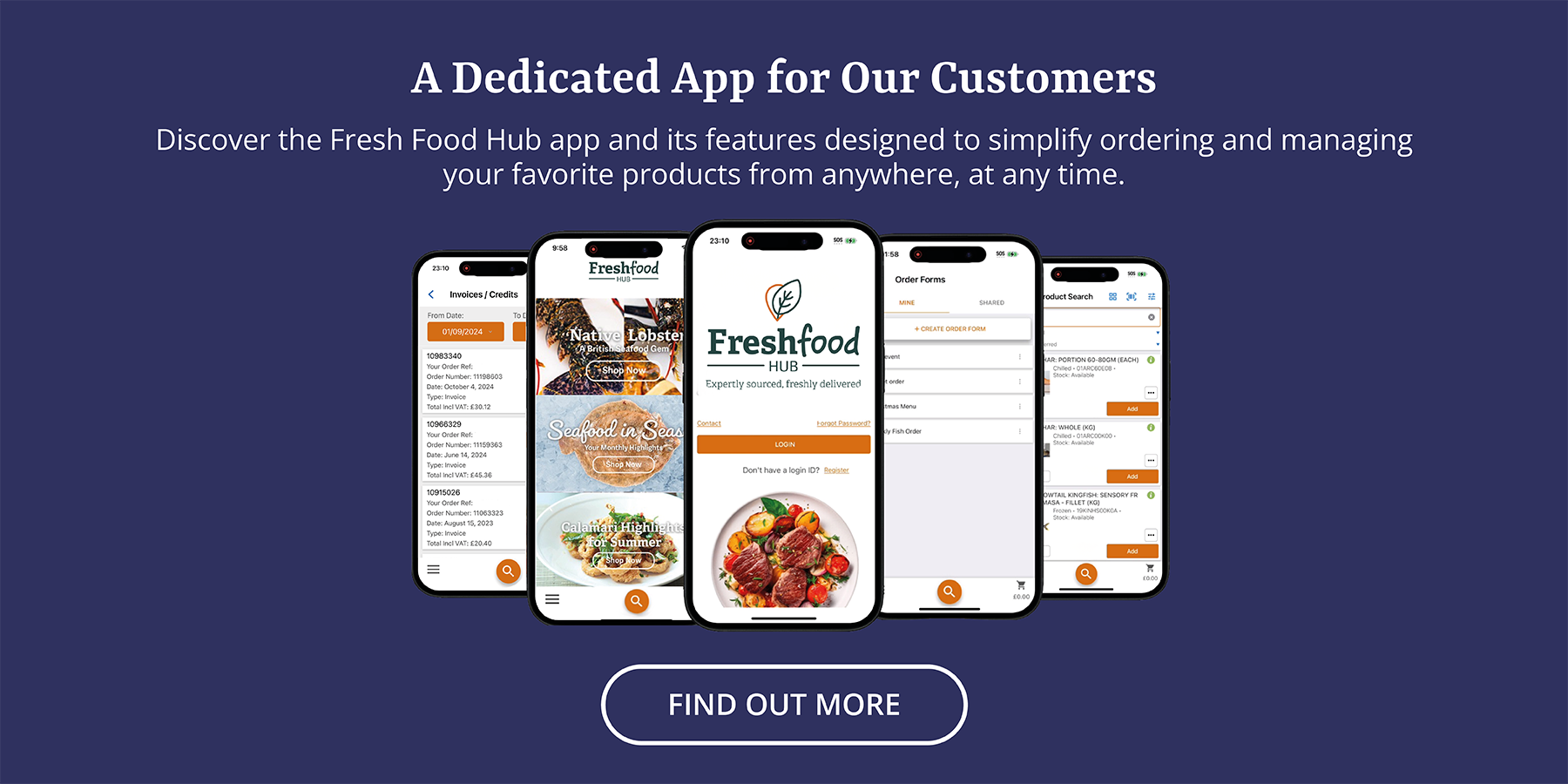While takeaways have always been an important part of the UK’s restaurant and catering sector, the pandemic saw the market expand substantially. For consumers, it was an opportunity to continue to enjoy their favourite meals, while for restaurants it offered a sales lifeline at a time when eating out was restricted.
After strong growth of the delivery and takeaway market during the lockdowns, the rate of growth has declined as businesses reopened, according to the regular CGA by NIQ’s Hospitality at Home Tracker. However, it’s still an important part of the sales mix, with delivery and takeaway accounting for 14% of managed restaurant groups’ total sales in June 2023, with food taking a 90% share of at-home sales, and drinks 10%.
All this has created huge demand for additional food packaging across foodservice, not all of which is good for the environment. Increased delivery and takeaway sales have put both the amount of packaging used in foodservice, as well as its environmental impact, in the spotlight. Food needs to be securely packed, kept in prime condition, and to be still warm or cold (according to the dish) when served.

In January, Government department DEFRA responded to concerns by announcing a ban on many commonly used packaging items. The ban comes into force in England on October 1st, 2023. Scotland have already legislated, with its ban coming into effect in 2022, while Wales has begun a more gradual rollout of a ban.
In England, the ban will include single-use plastic plates, trays, bowls, cutlery, balloon sticks, and certain types of polystyrene cups and food containers, particularly expanded polystyrene (EPS), which is widely used in takeaway food containers. Justifying the move, DEFRA quoted estimates that England uses 2.7 billion items of single-use cutlery, most of which are plastic, and 721 million single-use plates per year, but only 10% are recycled.
Further guidance issued in May confirmed that the ban covers both online and over-the-counter sales and supply. It covers all types of single-use plastic, including biodegradable, compostable and recycled, as well as items wholly or partly made from plastic, including coating or lining.

Supply from one business to another is not covered by the ban. Direct Seafoods, as well as our sister companies Oliver Kay and Campbell Brothers, take every step to minimise packaging, and to use recyclable and sustainable packaging as much as possible. We will continue to supply products in suitable packaging that ensures that fresh produce is delivered in premium condition, and with minimal risk of food waste.
Another exemption confirmed by DEFRA is for packaging which is pre-filled or filled at the point of sale. This type of packaging includes a pre-filled salad bowl or ready meal packaged in a tray; a plate filled at the counter of a takeaway; and a tray used to deliver food.
Operators will need to check with their packaging suppliers to ensure they have compliant packaging products available for their takeaway and delivery menus, but there are also other steps which can minimise the waste generated by the business.
◆Tailor the menu: Not every dish on the menu is suitable for takeaway and delivery, especially when it comes to the packaging needed. Tailor the takeaway menu to those dishes – mains, sides and desserts – that can be easily and economically packaged and dispatched, without needing expensive or wasteful packaging.
◆Reuse: Encouraging customers to reuse food and drink containers is a far more sustainable option than providing a new container each time. This works particularly well with drinks, such as reusable coffee and hot drinks cups, and water bottles. Customers can also be encouraged to bring their own container for takeaway foods such as salads and soups. Whatever takeaway food you sell, identify a suitable reusable container and display it for sale alongside the food and drinks. Offering a small discount to customers who bring back a container to refill on subsequent visits makes a big difference in sustainability terms, as well as appealing to customers looking to save money.
◆Double up on delivery packaging: While customers can’t send in their own containers when ordering for delivery, offer them the option to combine the order where practical. Combining two portions of fries in one bag, or two salads in one tub, halves the amount of packaging used.
◆Have a packaging template: It’s very tempting to over-use packaging, but an extra bag or box on very order adds up to mountain of extra waste over a year. Work with staff to decide the optimum packaging needed to keep a dish safe, fresh and warm, and create a template for everyone to follow.
Suppliers are doing all they can to minimise the amount of packaging in food deliveries, and by picking up the baton and working to reduce the amount of packaging sent out to customers, operators not only support sustainability initiatives, but also reduce their buying and waste costs.
Our team are on hand to support you and discuss your requirements in order to provide the best fresh ingredients for your dishes.
Follow us on social media for regular updates on Instagram, LinkedIn, Twitter and Facebook



